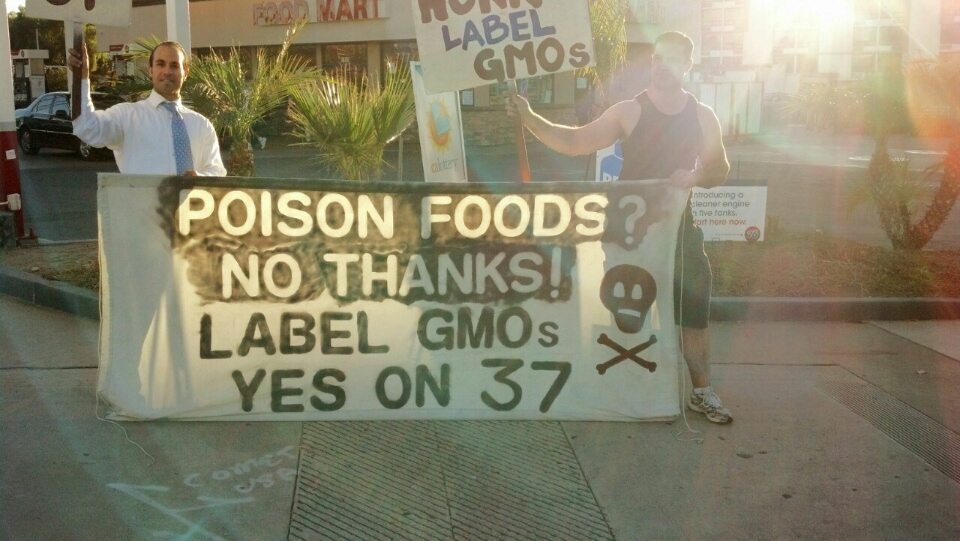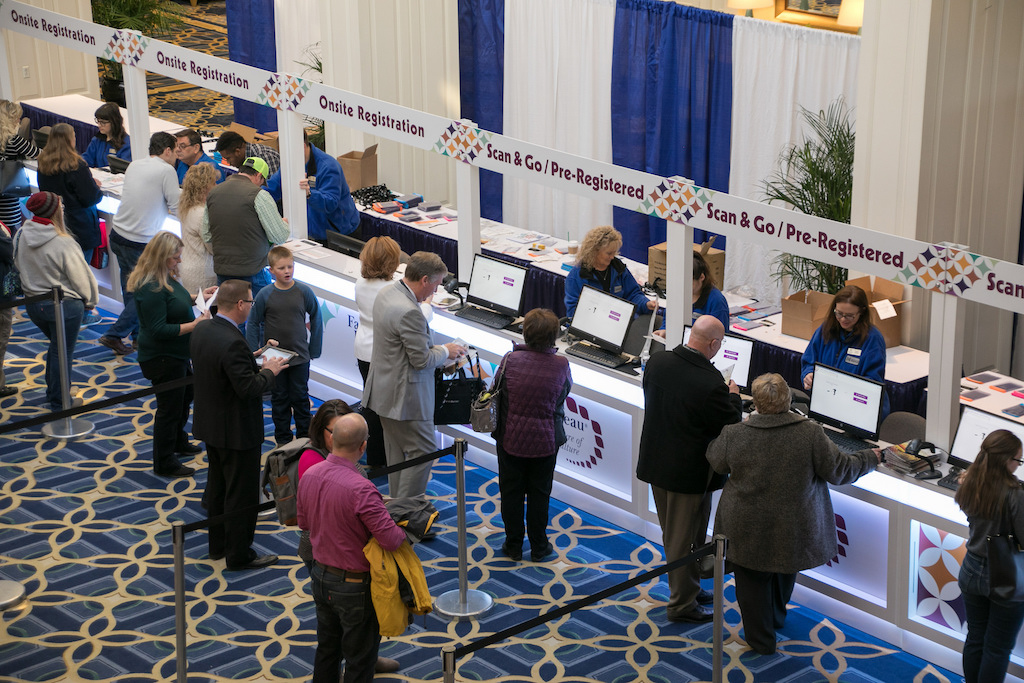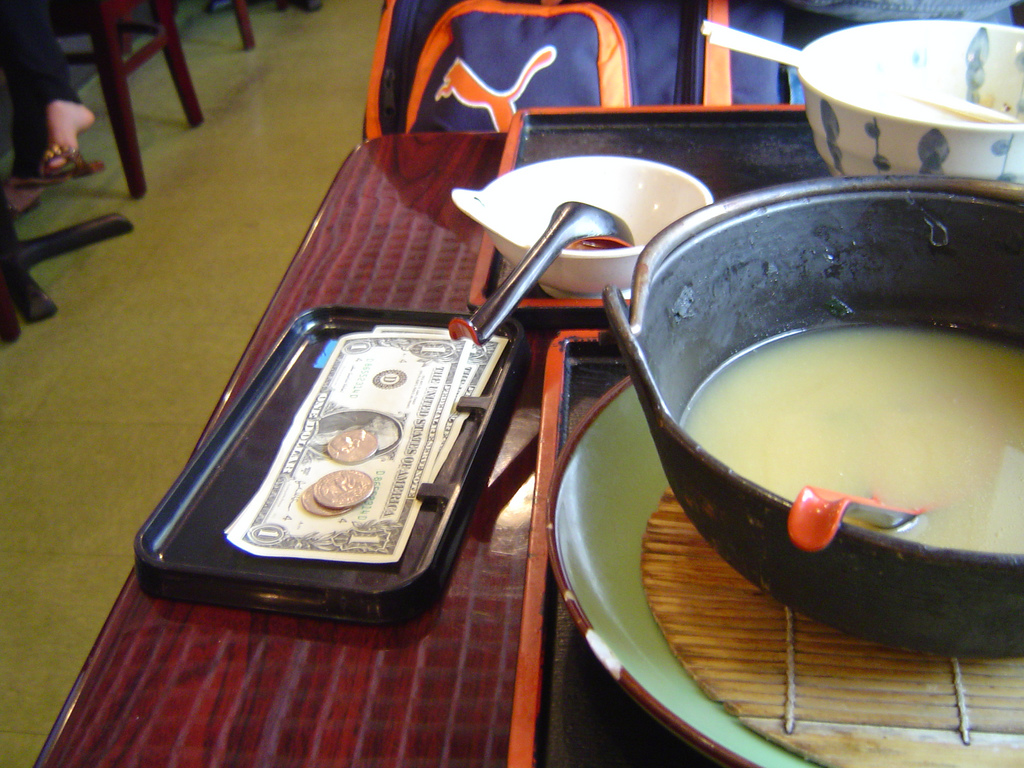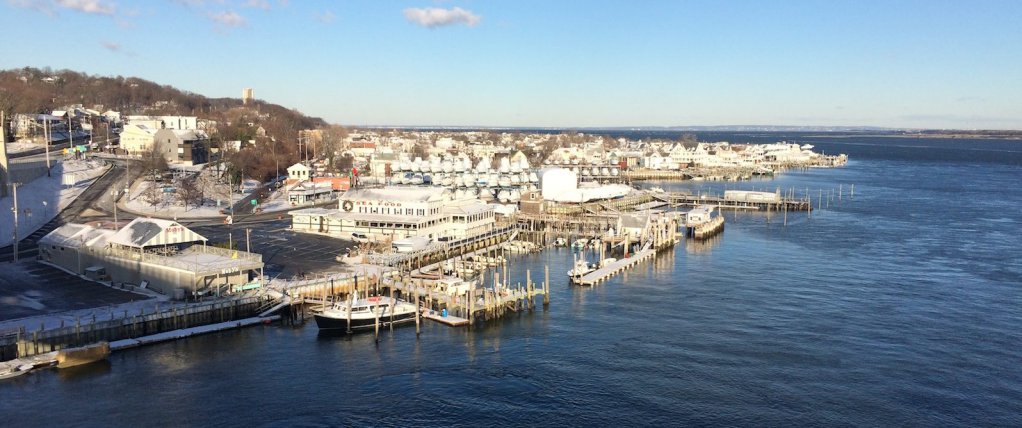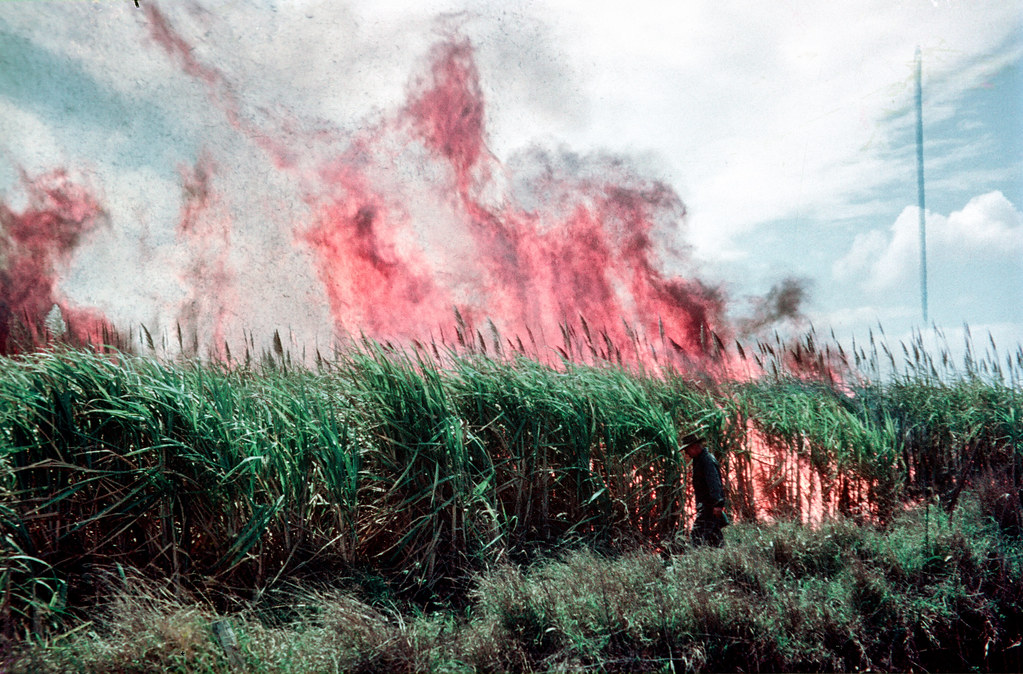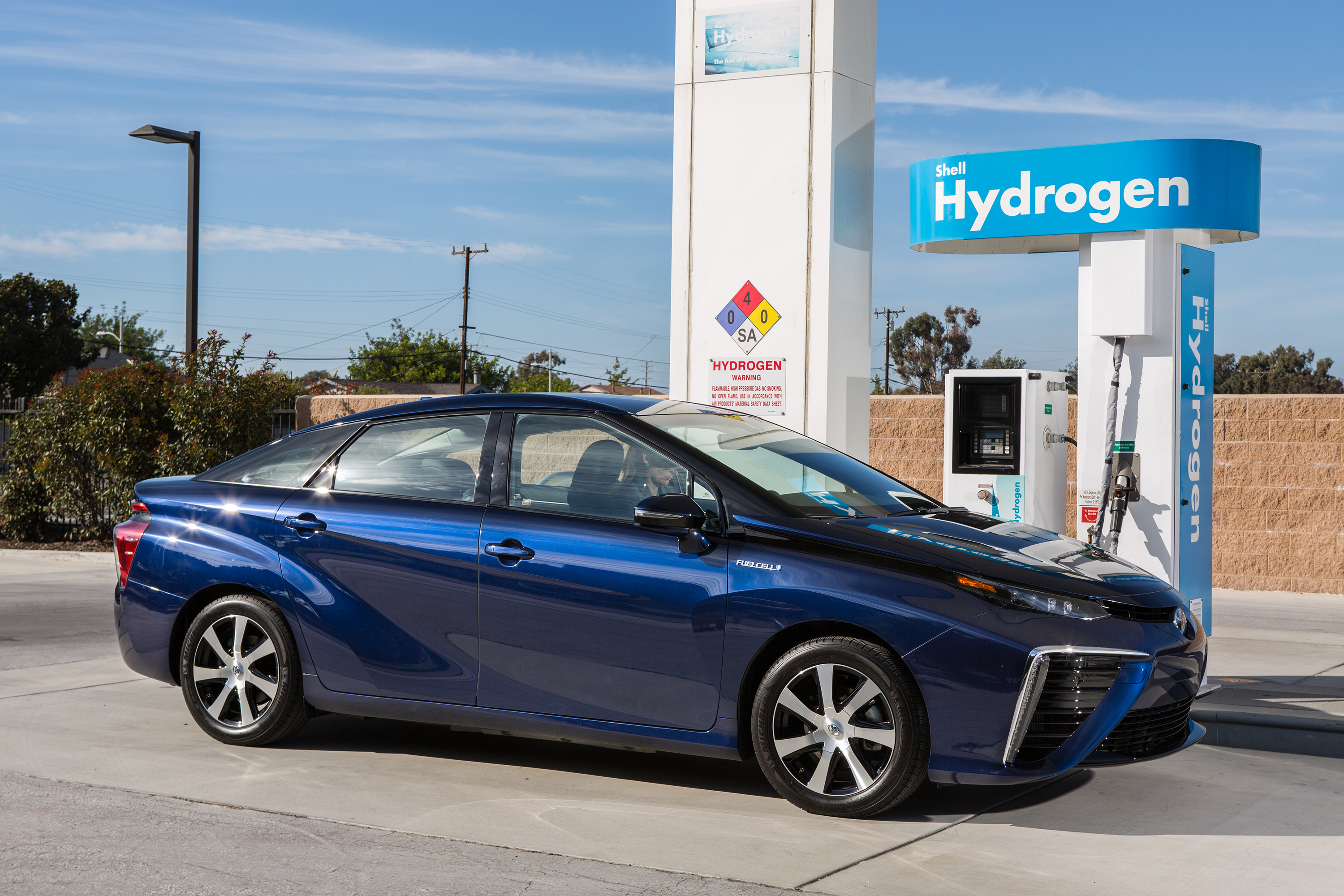
Courtesy of Toyota
On paper, it looks like the kind of loopy kid logic that inspires eight-year-olds to ship their leftover brussels sprouts to starving nations: What if you could capture waste from dairy farms and repurpose it to power cars and factories?
Here’s the thinking: California’s cows and cars are both polluters—methane from cows and carbon monoxide, nitrogen oxide, and hydrocarbons from cars. So, hypothetically speaking, if you could somehow gather up all of the state’s dairy farm waste and convert it into gas for cars (this is compressed hydrogen gas we’re talking about, not gasoline—more on that later), you’d solve half the problem. And because the cars in question run on hydrogen, they emit nothing but water vapor from their tailpipes. It’s a perfect farm-to-Fiat cycle. And all the necessary technology already exists. But who’s going to connect the dots?
In California, the infrastructure required for such a feat has been edging closer and closer to reality.
But let’s back up for a minute and go to Indiana. Why? Well, it was a dairy farm in that state that inspired the above hypothetical. Sometime around 2010, Fair Oaks Farms, about 100 miles north of Indianapolis, began converting its own cow and pig manure into low-emission natural gas fuel and electricity and using the product to power its facilities and a fleet of trucks. It was Fair Oaks that proved the first part of the above equation possible.
If these projects succeed, they in turn could help fuel former governor Arnold Schwarzenegger’s left-for-dead dream of a California highway that hums with hydrogen-powered cars and trucks emitting nothing but vapor from Oregon all the way down to Mexico. And it all starts on the farm.
Step 1: Barn to biogas
California dairies produce 20 percent of the country’s milk, and the state is home to nearly 2 million cows. But while it generates plenty of milk (and money), the state’s dairy industry is also responsible for some pretty serious environmental externalities: When those cows digest their food, their bodies release methane—about half of it through belches and flatulence, and the other half via manure. Since methane is about 25 times more potent than carbon dioxide as a greenhouse gas, the damage to the atmosphere adds up quickly.
That’s why, in September 2016, Governor Brown signed SB-1383, a bill that mandated a 40 percent reduction in dairy and livestock methane emissions from 2013 levels by 2030.
Easier said than done. How do you reduce methane gas by 40 percent if you don’t know exactly where it comes from? And once you identify the biggest polluters, how do you arm them with the resources to help minimize their impact?
Right now, it’s not feasible to collect the methane that cows emit through their burps and farts. As our columnist Patrick Clinton wrote in July 2016, researchers have tried attaching backpacks to the animals to catch their gas, but that technology is not exactly ready to be marketed to the masses.
Gas from livestock manure can also be purified, compressed, and used as fuel to power trucks designed to run on natural gas, as exemplified by the Fair Oaks project in Indiana
So policymakers are instead focusing on capturing methane from manure. According to data from the Environmental Protection Agency (EPA) cited in an August presentation by the California Air Resources Board’s Dairy and Livestock Working Group, not all dairies release the exact same amount of methane. A pasture-based dairy where manure is spread by wandering cows will have a significantly lower environmental impact than a barn-style dairy where the manure is stored in a lagoon. And lagoons, according to EPA data cited in that presentation, release the most methane by a long shot.
It makes sense, then, to start with the biggest polluters (lagoon-based systems) in the part of California where the most cows happen to live (about 90 percent of them live in the state’s Central Valley).
Here’s where electricity comes back into the story. In July, I wrote about California dairy farmer Albert Straus and his DIY electric truck. He stored his waste in a lagoon, then fed it into something called an anaerobic, or methane, digester. The digester captured the methane gas released by the manure and converted it into renewable electricity, which was then used to fuel a combustion engine. Straus uses the resulting energy to power his own farm (and, starting last year, his feed truck).
Straus’ project was admittedly pretty niche: He spent more than $300,000 of his own money on the digester and trained his employees to work with it. Not every dairy farm has the time, interest, and resources to build their own miniature power plant.
And here’s the really cool part: Farms don’t necessarily have to build their own generators to convert biogas into usable fuel or electricity. Once the anaerobic digester does its thing and the gas goes through a cleaning process, the resulting product is basically the same thing as natural gas. “Natural gas is biogas, but it’s just dead dinosaurs,” says Tony Leo, vice president of applications and advanced technology development at FuelCell Energy, a global fuel cell power company. “That’s why we call it a fossil fuel.”
Natural gas, as we know, has been around for a long time. We already use it to power our stoves, heat our homes, and generate electricity. Hooking dairy waste into the grid can be as simple as capturing it, cleaning it up, and plugging it into existing natural gas pipelines. A farmer who starts adding processed biogas to the natural gas pipeline can essentially sell the product to anyone who wants to buy clean energy.
So we have plenty of cow manure and we have natural gas pipelines all over the country that can do double duty transporting natural gas and manure-derived gas together. What’s missing in California? Anaerobic digesters, first and foremost, and the gas-cleaning equipment that turns the raw biogas into its ready-for-the-pipeline natural gas equivalent.
Step 2: An anaerobic digester for every farm
Once the infrastructure is built, the anaerobic digester setup is a pretty good deal for a dairy farm operator, who can add a new revenue stream—the sale of biogas—without producing any extra milk or buying more cows. But who’s going to make sure all the equipment is working properly and negotiate with the gas companies? And who’s going to foot the bill for all the initial construction?
But increasingly often, a developer steps in to manage the middle part of the equation. “The developer, who arranges for the plant from the farmer, actually has to pay the gas utility for injecting it into the pipeline, but then recovers those costs by selling the gas,” Samuelsen says. “So the developer has to pay the farmer, the developer has to pay the gas company for putting in the gas line, and the customer down the line has to pay the developer for the biogas, and the developer has to make a profit, and that’s how the economics work out in most cases,” he says.
Such is the proposition of California Bioenergy, which in November of 2017 presented its case for a “Biogas Cluster” in Kern County, California at the Kern Energy Summit. The company, which builds digesters on dairy farms, proposed a “hub and spoke” model, where 15 nearby dairy farms pipe their post-digester biogas to a centralized cleaning and pressurizing facility, which then connects to the utility system.
Feeding methane into the natural gas pipeline is one way for farms to capture emissions. But natural gas, whether used as fuel or for electricity, isn’t totally emission-free. It releases less carbon dioxide than coal or oil, but it’s not the 100-percent, zero-emissions mecca Californians have envisioned for the future.
Step 3: Tri-generation and the hydrogen highway
There is a way to link this whole cow-to-digester-to-cleaner-to-natural-gas-pipeline to another system, one that’s long been held up as the gold standard for clean fuel. Made famous by The Terminator himself, California’s never-quite-realized “hydrogen highway” is slated to be the new endpoint for some of the dairy waste feeding into the natural gas pipelines.
 Courtesy of Toyota
Courtesy of Toyota Toyota released its first hydrogen-powered truck about a year ago
Thirty-second hydrogen fuel backgrounder: It holds a lot of promise as a zero-emission vehicle fuel. More promise than the electric car, perhaps. “What we call a ‘battery electric vehicle’ is just a battery, but a hydrogen fuel cell electric vehicle is a vehicle that basically replicates what we’re used to today with gasoline—meaning 400-mile range, give or take, and less than five minutes of refueling time,” Samuelsen says. Hydrogen fuel can also power big trucks, unlike the long-promised-but-yet-to-materialize Tesla semi. Toyota released its first hydrogen-powered truck about a year ago.
But there have also been a lot of—sorry—roadblocks to building the futuristic hydrogen highway of Schwarzenegger’s fantasies. There aren’t enough “gas” stations for the system to really work. The fuel and cars cost too much (a Toyota Mirai, one of the first hydrogen fuel cell vehicles to be sold commercially, currently retails for $57,000). And worst of all, generating hydrogen fuel often involves releasing carbon into the atmosphere. (Here’s Grist’s National Magazine Award-nominated “Ask Umbra” column with a great backgrounder on the unfulfilled promise of the hydrogen vehicle.)
With its new dairy waste strategy, Toyota may solve that last piece of the puzzle. What it’s building in Long Beach, California, is called a “Tri-Gen facility,” meaning it pumps methane gas into a fuel cell (basically a giant battery, Leo says, only the inputs are methane and air rather than chemicals), and generates both electricity and hydrogen.
“What we realized a few years ago is that we make hydrogen inside our fuel cell and then we convert it to electricity. But we make it very efficiently,” Leo says. Typically, when hydrogen is produced, heat and water are added to methane to catalyze the reaction—that’s the part of the process that in the past has kept hydrogen fuel from being 100 percent clean. “Well, it turns out, when a fuel cell is making energy, it’s making heat and it’s making water. So we are literally the only way to make hydrogen without consuming water. In California, obviously very important.”
In fact, the plant will produce a little extra water, which Toyota will use to wash cars.
The pure hydrogen produced in the plant alongside the electricity will then make its way to an on-site fueling station that looks a lot like a gas pump. The driver fills up by putting a nozzle into a tank, just like in a gasoline-powered vehicle. The nozzle releases hydrogen gas into the car, and the whole process takes about five minutes.
So Toyota pays FuelCell for electricity and hydrogen. FuelCell pays anaerobic digester operators for the raw biogas. The digester operators pay the farmers and the gas companies for the privilege of using their infrastructure.
The Port of Long Beach, by the way, is the hub where all hydrogen-powered Toyota cars are received when they reach the United States. So each car will, hypothetically, get its very first taste of U.S. soil by refueling with an energy source that started with a cow.
There lots of dots that still need connecting to capture enough animal waste to meet California’s agricultural emissions goals and, further down the road, to develop a hydrogen society. But new technologies are coming online all the time: Samuelsen says there’s hydrogen fuel potential in wind power plants, which currently generate more energy than they can use at times. And the more hydrogen power stations are built, the more likely it is that people and companies will start investing in the cars that rely on them.
“In California today we have about 30 stations. We need to have 58 for the market to be viable and then eventually work up to 1500 stations, about 15 percent of the current gasoline stations,” Samuelsen says. When Toyota’s Long Beach station is completed in 2020, that’ll take the tally to 31.




